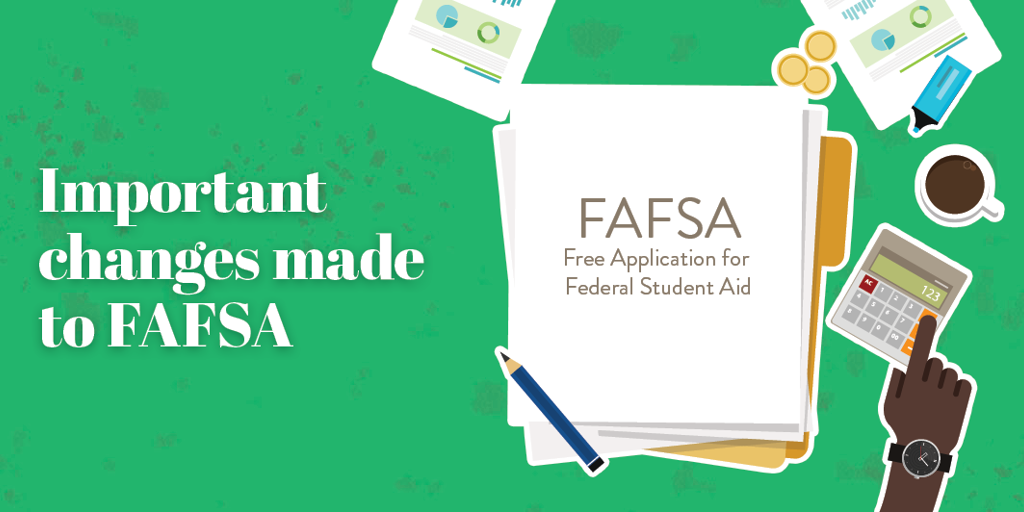


Important changes made to FAFSA
Are you planning to fill out the 2024-2025 Free Application for Federal Student Aid (FAFSA)? If so, you should know about some significant changes to form that were made by the United States government.
Changes to the Filing Process
The biggest change in filling out the FAFSA is how tax data is collected. Instead of manually entering information such as yearly income, the IRS will now transfer tax records directly into the FAFSA – with your permission, of course. This new approval process is easy, fast, and accurate, all at the click of a button.
The updates also include a new designation for those around the student applying for aid called contributors. Contributors include parents, guardians, spouses, and partners who must also log in and submit their information as a part of the application. It’s important to note that someone may be considered a contributor even if they’re not planning to contribute financially to the student’s education. Once the student fills out their section of the FAFSA, they will be told what contributors need to participate in their application.
To accurately complete the FAFSA, contributors must follow through on their section of the application. Here's a breakdown of how the process will work:
- The student will create an FSA ID (a unique username and password used to access the website) and fill out their section of the FAFSA.
- The student will be prompted to enter the email addresses of the contributors who need to provide information for their application (if any). Those contributors will receive a link to create an FSA ID and finish their portion of the application.
- Each contributor will create an account and log in independently using their own FSA ID to approve releasing their tax information to FAFSA.
Both the student and the contributors must consent to access their tax information. This step is crucial for the FAFSA process. This consent applies to all situations, including those where a contributor does not have a Social Security Number, did not file taxes, or filed taxes outside of the United States.
Students must ensure that each contributor understands these requirements and completes their part of the process for the FAFSA application. If you need further assistance or specific details, visit the official FAFSA website.
Changes to Calculations
Previously, an estimate of how much a student’s family was likely to contribute to a student’s education, the Expected Family Contribution (EFC), was used to calculate student aid amounts. The EFC has been replaced with the Student Aid Index (SAI). This is a number that schools can use to determine how much aid a student will need to attend. The transition from the EFC to the SAI significantly changes how student aid eligibility is calculated.
SAI Overview:
- SAI Calculation Factors: The SAI takes into account the income of both the student and their contributors to assess the amount of aid for which a student is eligible.
- SAI Number: Unlike the EFC, which was a dollar amount, the SAI isn’t tied to anything specific, but indicates a student's financial need to the school. The lower the SAI number, the greater the demonstrated financial need. The SAI can go as low as -1500.
- Impact on Aid Eligibility: With the introduction of the SAI, there is an anticipated increase of about 15% more students qualifying for student aid. The SAI is designed to be more inclusive and responsive to students' financial situations.
These changes are based on an effort to make financial aid more equitable and reflective of a student's financial needs and to make filling out the FAFSA easier and quicker. Understanding these updates is the best way to ensure your FAFSA goes smoothly and you get the aid you need.
Joel Huffer is Corporate Communications Officer for F&M Trust.
Recent Articles
Join our e-newsletter
Sign up for our e-newsletter to get new content each month.






















